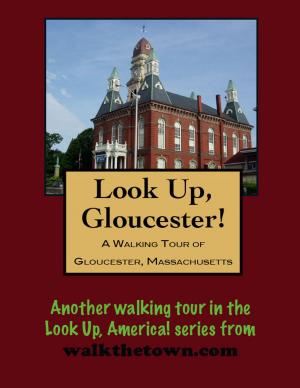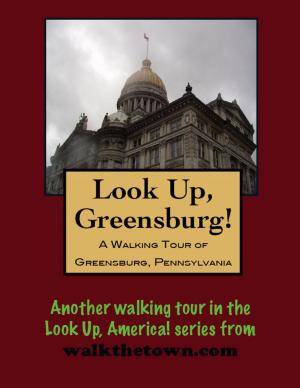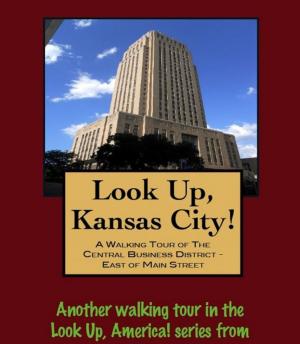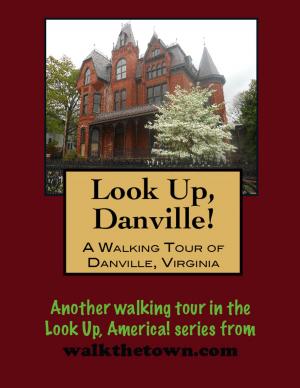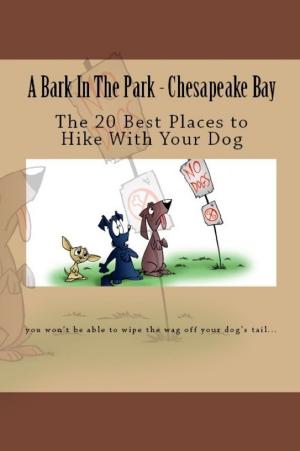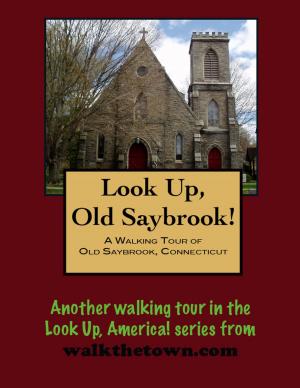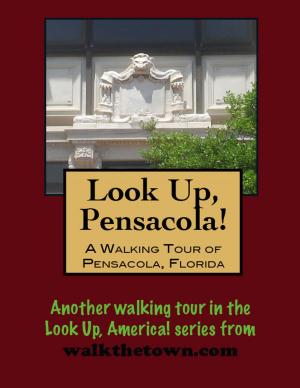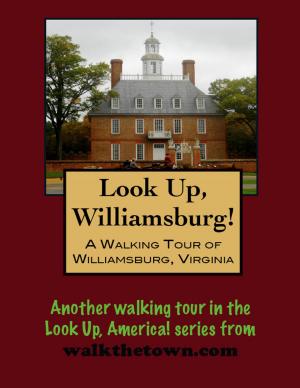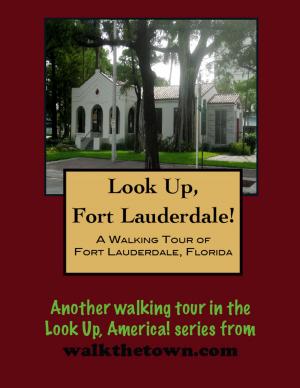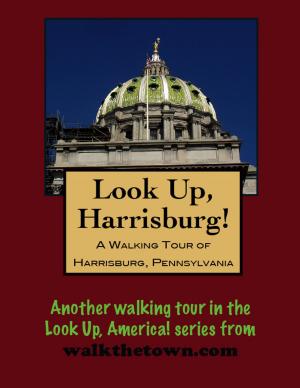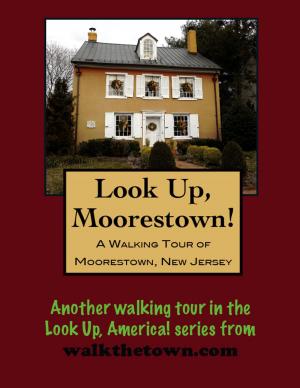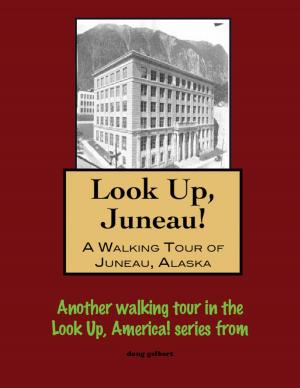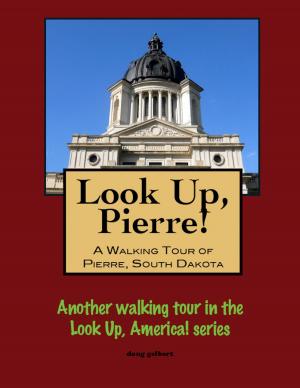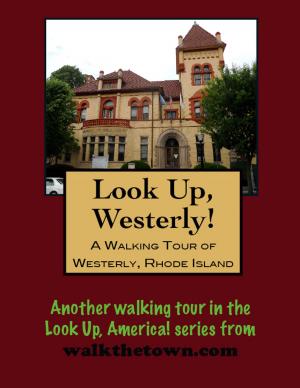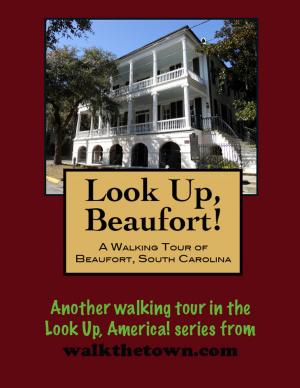| Author: | Doug Gelbert | ISBN: | 9781452307923 |
| Publisher: | Doug Gelbert | Publication: | January 11, 2010 |
| Imprint: | Smashwords Edition | Language: | English |
| Author: | Doug Gelbert |
| ISBN: | 9781452307923 |
| Publisher: | Doug Gelbert |
| Publication: | January 11, 2010 |
| Imprint: | Smashwords Edition |
| Language: | English |
There is no better way to see America than on foot. And there is no better way to appreciate what you are looking at than with a walking tour. Whether you are preparing for a road trip or just out to look at your own town in a new way, a downloadable walking tour from walkthetown.com is ready to explore when you are.
Each walking tour describes historical and architectural landmarks and provides pictures to help out when those pesky street addresses are missing. Every tour also includes a quick primer on identifying architectural styles seen on American streets.
Only 1.5 miles from the Baltimore waterfront, this area was originally open farmland until northward development followed the construction of a streetcar line and created a building boom in the late 19th century. To the west Bolton Hill became a middle- and upper-middle-class enclave of about nine blocks by five blocks. These development trends brought notable figures to the neighborhood including F. Scott Fitzgerald who entertained, among others, Gertrude Stein and Juan Dos Passos at his 1307 Park Avenue rowhouse.
Predominately residential, the district contains the groupings of two- and three-story brick townhouses and free standing homes. These residences are some of Baltimore’s finest rowhouses and largest mansions, including many fine examples of designs from local and nationally known architects. As a whole, the architecture of the district is characterized by simplicity of treatment, uniformity of scale, design and fabric, and high standards of design, materials and workmanship. Red brick, white marble steps, and high ceilings are found throughout Bolton Hill residences.
From the 1950s through the 1960s Bolton Hill experienced an architectural revival with the revitalization of the parks surrounding the Francis Scott Key Monument and the green boulevards and fountains at Park Place. Bolton Hill’s elegant 19th century row houses set among tree-lined streets and deep, leafy gardens qualified the neighborhood for placement on the National Register of Historic Places. Several groups of award-winning contemporary town homes and parks blend with the classic architecture of the
relatively unaltered 19th century community. New Orleans-style balconies are fragrant with flowers and parks with fountains and sculptures are alive with neighbors, art students, dog walkers, and joggers.
To the east the city center expanded northward to the passenger rail lines provided by the Pennsylvania Railroad, the Baltimore & Ohio Railroad and the cultural advantages provided by the establishment of the University of Baltimore. Our walking tour will start at the picturesque Mount Royal Station...
There is no better way to see America than on foot. And there is no better way to appreciate what you are looking at than with a walking tour. Whether you are preparing for a road trip or just out to look at your own town in a new way, a downloadable walking tour from walkthetown.com is ready to explore when you are.
Each walking tour describes historical and architectural landmarks and provides pictures to help out when those pesky street addresses are missing. Every tour also includes a quick primer on identifying architectural styles seen on American streets.
Only 1.5 miles from the Baltimore waterfront, this area was originally open farmland until northward development followed the construction of a streetcar line and created a building boom in the late 19th century. To the west Bolton Hill became a middle- and upper-middle-class enclave of about nine blocks by five blocks. These development trends brought notable figures to the neighborhood including F. Scott Fitzgerald who entertained, among others, Gertrude Stein and Juan Dos Passos at his 1307 Park Avenue rowhouse.
Predominately residential, the district contains the groupings of two- and three-story brick townhouses and free standing homes. These residences are some of Baltimore’s finest rowhouses and largest mansions, including many fine examples of designs from local and nationally known architects. As a whole, the architecture of the district is characterized by simplicity of treatment, uniformity of scale, design and fabric, and high standards of design, materials and workmanship. Red brick, white marble steps, and high ceilings are found throughout Bolton Hill residences.
From the 1950s through the 1960s Bolton Hill experienced an architectural revival with the revitalization of the parks surrounding the Francis Scott Key Monument and the green boulevards and fountains at Park Place. Bolton Hill’s elegant 19th century row houses set among tree-lined streets and deep, leafy gardens qualified the neighborhood for placement on the National Register of Historic Places. Several groups of award-winning contemporary town homes and parks blend with the classic architecture of the
relatively unaltered 19th century community. New Orleans-style balconies are fragrant with flowers and parks with fountains and sculptures are alive with neighbors, art students, dog walkers, and joggers.
To the east the city center expanded northward to the passenger rail lines provided by the Pennsylvania Railroad, the Baltimore & Ohio Railroad and the cultural advantages provided by the establishment of the University of Baltimore. Our walking tour will start at the picturesque Mount Royal Station...

